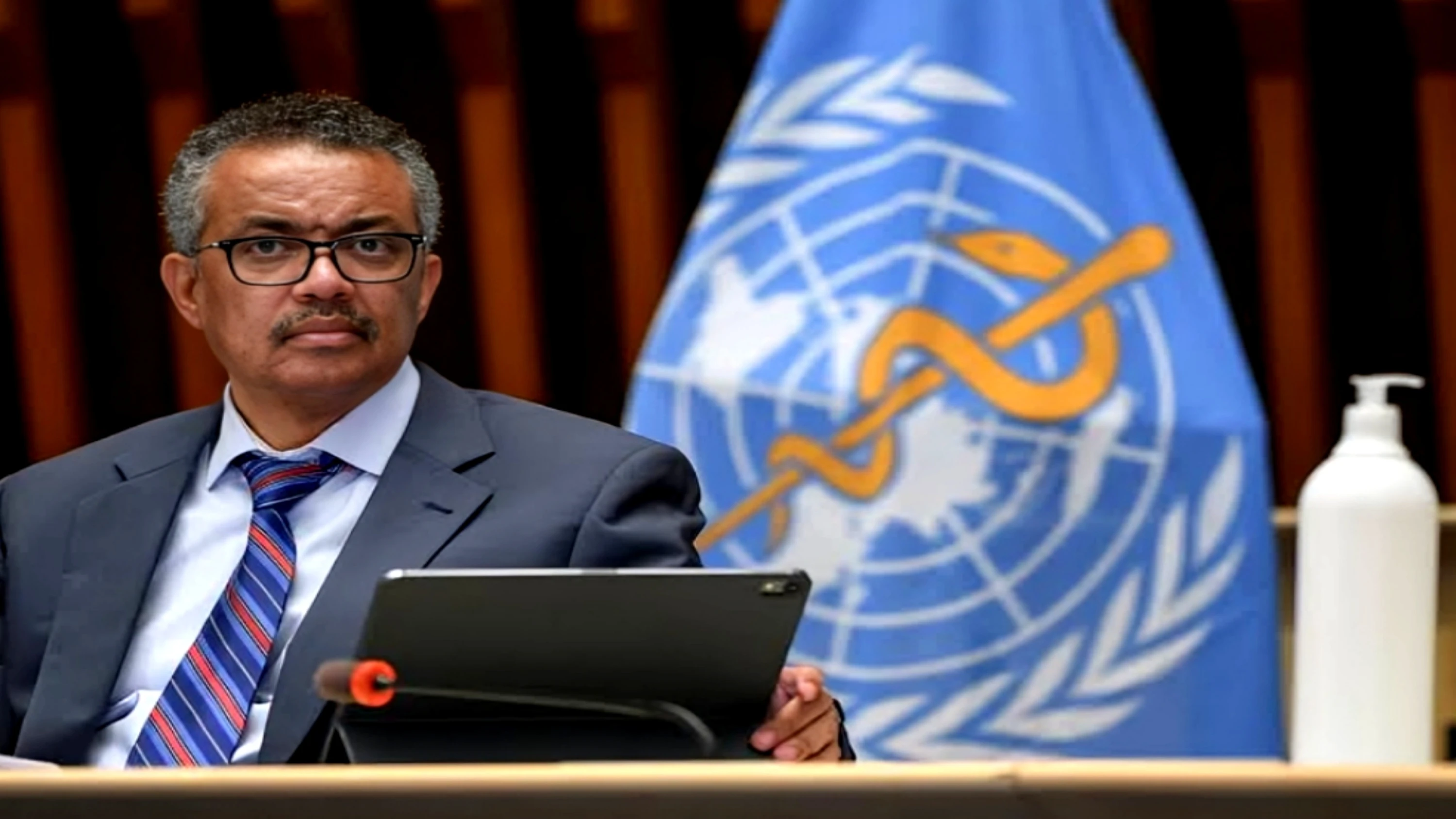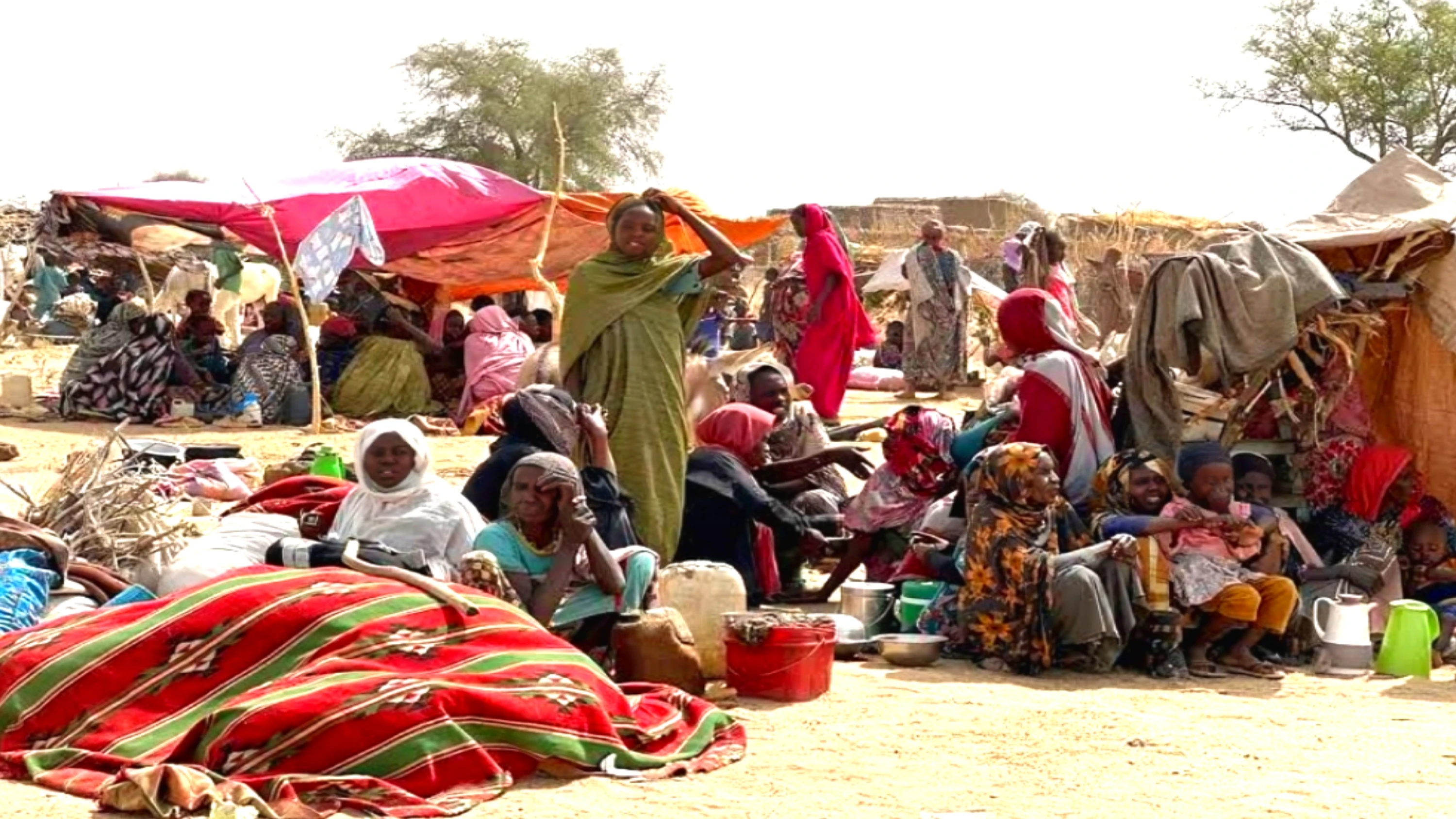Geneva: A major international milestone has been reached as countries around the globe have agreed on the terms of a new pandemic treaty, which is expected to be formally approved next month. The treaty aims to overhaul global preparedness and response mechanisms in the face of future health emergencies, coming five years after the COVID-19 pandemic claimed over seven million lives and exposed deep global inequalities in healthcare access.
Once ratified, the treaty will carry legal weight, compelling countries to strengthen disease surveillance, share critical medical tools like vaccines and diagnostics more swiftly, bolster national health infrastructure, and take measures to prevent zoonotic diseases—those transmitted from animals to humans.
Although negotiators acknowledged not all ambitions were fully met, many, including the European Union’s representative, expressed optimism that the treaty will make the world better equipped to face future pandemics.
The agreement concludes a negotiation process that began in 2020. Although the initial goal was to finalize the deal by May 2024, the deadline was extended to 2025 before this breakthrough was achieved.
While the treaty has been softened through lengthy discussions, many experts still consider it a historic achievement for the World Health Organization (WHO), which facilitated the talks through an intergovernmental negotiating body involving over 190 countries.
Suerie Moon, co-director of the Global Health Centre in Geneva, emphasized that although the treaty doesn't fill every gap revealed by the COVID-19 crisis, it marks significant progress. “All countries are better off with this agreement,” she said.
A key point of contention in the final stages was a clause on technology sharing and intellectual property. Lower-income nations pushed for binding provisions to produce vaccines and treatments domestically. However, wealthier countries, led by EU members, insisted any such transfer remain voluntary and based on mutual consent—a stance reiterated by Germany during the closing discussions.
Another unresolved matter is the creation of a pathogen access and benefit-sharing (PABS) system. While countries have agreed in principle to establish such a system—allowing drug developers access to pathogen samples in exchange for equitable vaccine distribution—details are yet to be finalized. These will be worked out in the coming months and added as an annex to the treaty.
Experts believe that the PABS framework could help regions like Africa achieve greater independence during future pandemics, reducing reliance on donations. “This could be a game-changer for poorer regions,” said Lawrence Gostin of Georgetown University.
However, the absence of the United States, which exited the negotiations under Donald Trump’s directive to pull out of the WHO, could present a significant obstacle. US-based pharmaceutical giants may not be subject to key obligations in the treaty, such as reserving 10% of pandemic-related medical products for WHO distribution and potentially donating another 10%. This could severely limit the treaty’s global reach and impact.
The treaty will be up for formal adoption at next month’s World Health Assembly in Geneva. If passed, it would become only the second binding agreement in the WHO’s history, following the 2003 Framework Convention on Tobacco Control. Experts warn that future pandemics are inevitable, and this treaty is likely to define the global response for decades to come.
“Treaties are hard to change,” said Moon. “What we have now could shape pandemic policy for a generation.”








